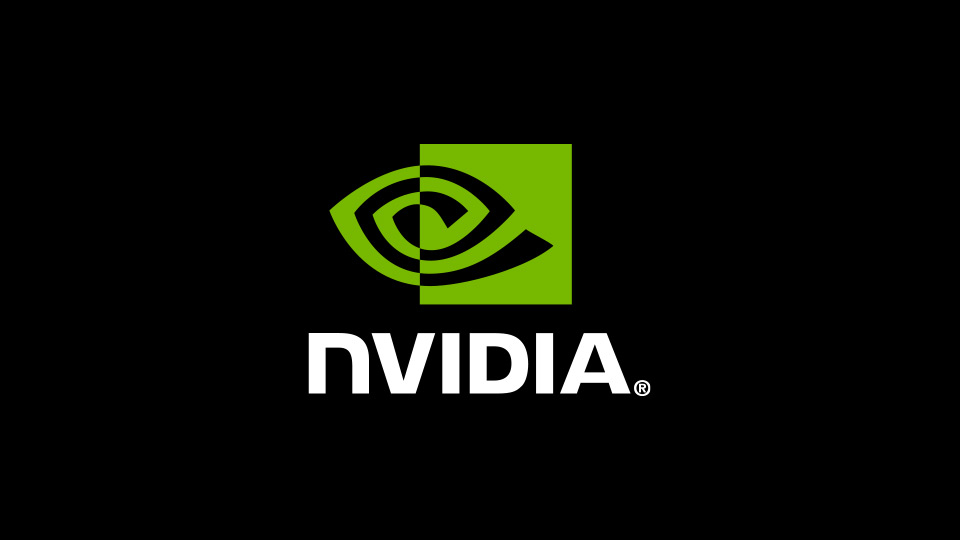
About Clarity
Clarity is a weekly digest focusing on detailed analysis of some of the hottest stocks and sectors. Each week a weight of evidence approach is used to break down the charts spotlighting one of leaders. Details of the analysis are provided to assist members in on-boarding these skills.
Additional examples from the sector will be provided as comparables. These are intended to provide a broader view and introduce a ‘top down’ approach focusing on how the characteristics of the leader’s current status may be impacting others. This is a common approach used by professionals and consistent in the writings of legendary market operators.
If you’re new and have questions or are viewing our content for the first time, we recommend visiting The Basics and The Library for additional resources.
Related Posts
Spotlight: Tesla
May 9, 2025
2 Comments
Please login or sign up to view this content. Username or E-mail Password Remember Me Forgot Password
Read More →
Spotlight: Nvidia
May 2, 2025
4 Comments
Please login or sign up to view this content. Username or E-mail Password Remember Me Forgot Password
Read More →
Spotlight: Dogecoin
April 25, 2025
2 Comments
Please login or sign up to view this content. Username or E-mail Password Remember Me Forgot Password
Read More →



